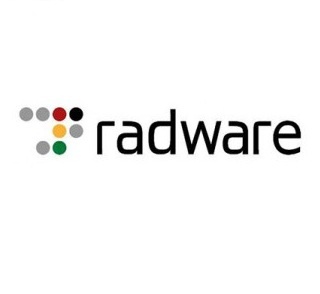December 23, 2024
December 23, 2024
Copyright 2023, IT Voice Media Pvt. Ltd.
All Rights Reserved

 Nikhil Taneja Managing Director-India, SAARC & Middle East
Nikhil Taneja Managing Director-India, SAARC & Middle East Since every disruption affects revenue, most e-commerce companies invest heavily in protecting their applications. Therefore, we see an extremely high amount (58%) of distributed, mutating bots within the total bad bot activity for this vertical. Hackers use sophisticated bots to evade bot management technologies that rely on data and behavioral profiling that are not big enough to produce correlations between different violations
Since every disruption affects revenue, most e-commerce companies invest heavily in protecting their applications. Therefore, we see an extremely high amount (58%) of distributed, mutating bots within the total bad bot activity for this vertical. Hackers use sophisticated bots to evade bot management technologies that rely on data and behavioral profiling that are not big enough to produce correlations between different violations